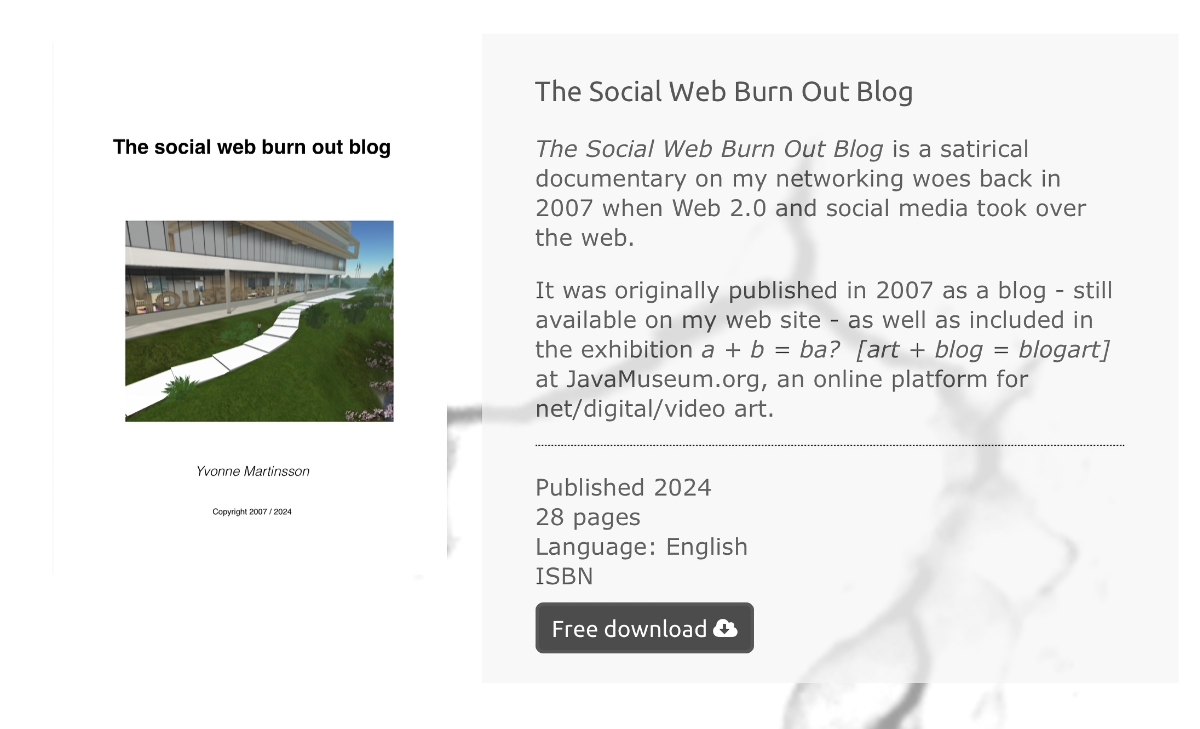Peter Ackroyd’s English Music
Peter Ackroyd’s novel English Music (1992) is not about music as such rather the fine arts as a whole and, in particular, English literature, music and art, all of which provide intertexts for the novel which, as Mr Hargrove says towards the end, constitute the novel’s soul. The intertexts thus map out a structural framework for the text’s soul, for its bodying forth.
The intertexts are the text’s beginnings against which it rubs. They are a polyphonic structural framework against which the text writes itself, in a rereading and reworking of them. The intertexts are a body of texts mapping out the text’s soul and, as there is a gap between the text referred to and its rereading, an intertextual gap - a void that incorporates what it leaves out - it creates a plastic space in which the body can move freely. The intertextual polyphony of English Music gives way to the free movement of the body, and the imagination, and the void bodies forth as if it were haunted.
Timothy in English Music is haunted by, among other things, paintings that arrest his eye, as when he enters the frame of a painting by Gainsborough. Staring at the painting, laying hold of the painting, he is laid hold of and somethings slips in his relation to the thing seen that throws him into the that “strange contingency” Lacan calls the gaze.
Timothy’s leaps out of the novel’s frame into the intertexts/frames of his mind involve a Vervreemdung of himself, a splitting that is inscribed within the novel’s very splitting between the story (in itself a novelistic, textual convention that narrates a young boy’s growth into manhood) and Timothy’s leaps out of it, or to put it differently, in the splitting between the visible and the invisible inland of his imagination.
Sources
Ackroyd, Peter. English Music. Penguin Books, 1992.

